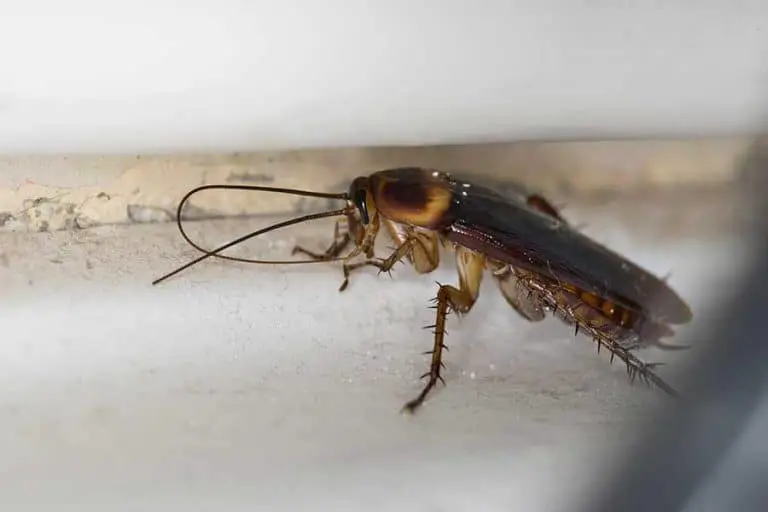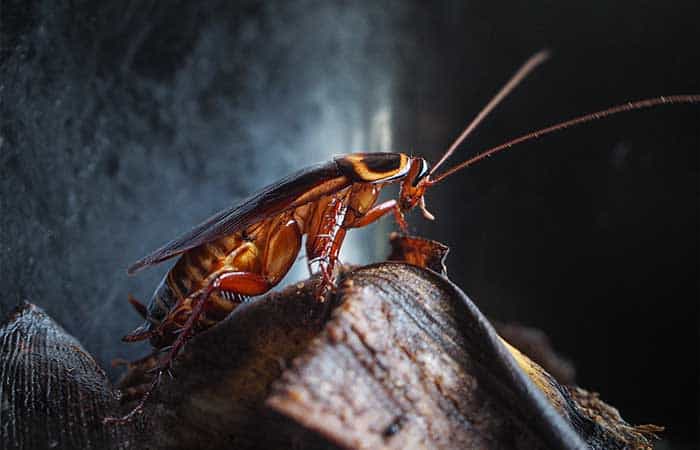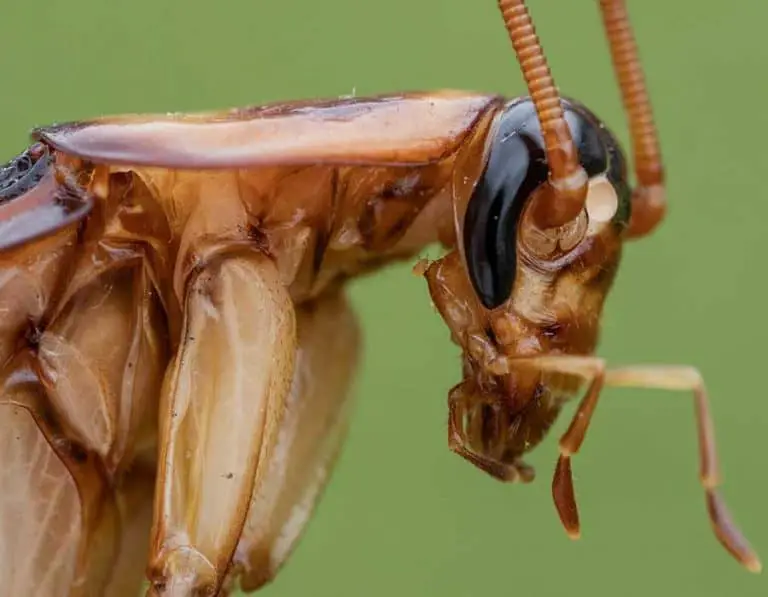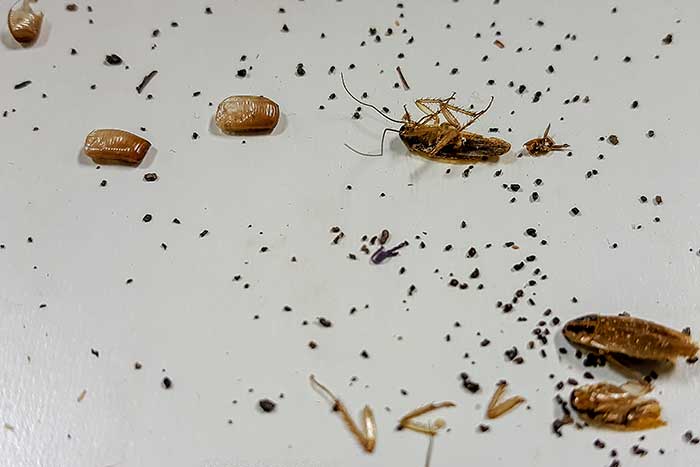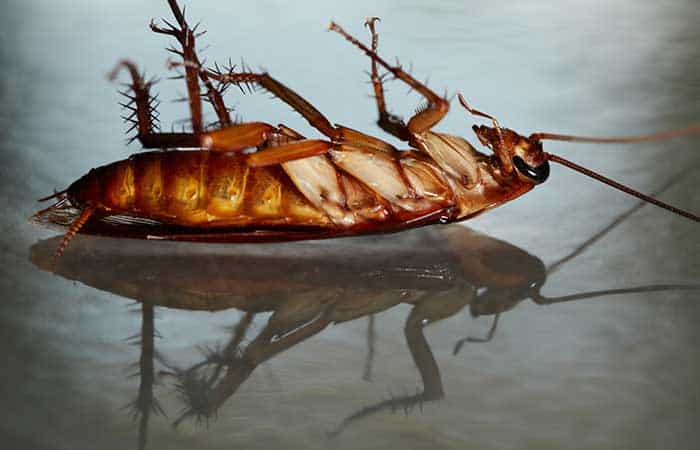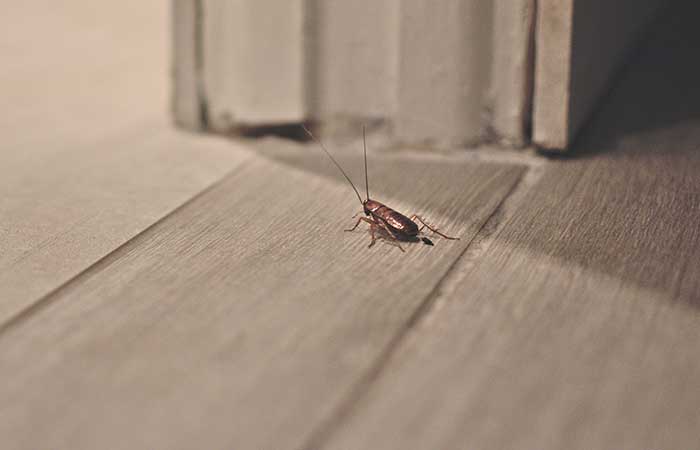What Are White & Albino Cockroaches?
Seeing a normal cockroach in your home is bad enough, they are one of the most scary-looking insects on the planet with their spiny legs and long antenna, scurrying across your kitchen floor like an extra-terrestrial being.
But just to make them look even scarier, there is also the possibility you may come across a white cockroach.
There are a lot of folk stories about them existing, as well as the significance of seeing one. However white cockroaches aren’t nearly as mysterious as people would have you believe and are comparable to your average cockroach.
What is a White Roach?
A white roach is a cockroach that has shed its old exoskeleton and is molting. The new exoskeleton will be seen through this. The new exoskeleton is smooth and whitish in color.
Cockroaches alter color at various intervals throughout their lives. They molt and create a gentle new exoskeleton beneath their hard, brown-colored one.
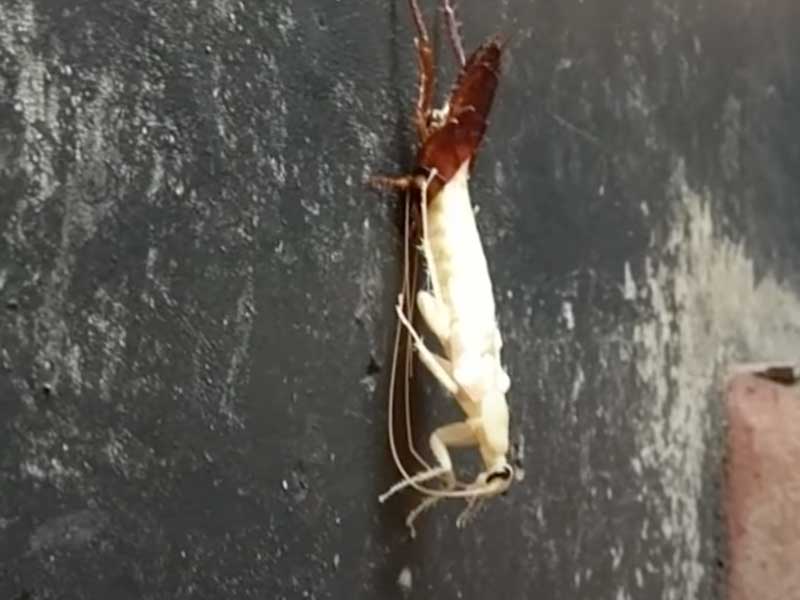
Cockroaches, like other invertebrates, do not have bones to support their bodies. Instead, they rely on an external hard shell known as an exoskeleton to perform the task. Exoskeletons, unlike bones, don’t develop in the same way.
The current exoskeleton of the roach is tougher and more pigmented than the new one, making it appear completely white. When a roach molts its old shell, the new, white one hardens and becomes brown. This is achieved by using a hormonal process called tanning.
Roaches will be white until their shell hardens and colors itself.
This odd-looking roach may appear to be a distinct species, but it isn’t. The white phase can last from a few minutes to a few hours.
Mature cockroaches have gone through the molting process many times, making white roaches more prevalent than you might believe. They’re quite good at hiding, which makes them much more difficult to spot during this phase.
Why Do Cockroaches Become White?
A common misconception about white cockroaches is that they are albino. This couldn’t be further from the truth, as there are actually no true albino insects.
Albinism is a genetic trait that causes an animal to have little or no pigment in its body, including its eyes. Albino animals will also have extremely sensitive eyes to light, which causes them to flee from it.
Cockroaches are not albino by any means. Instead, they do have pigment in their bodies, but molting causes them to lose this pigment temporarily. Cockroaches always re-pigment after the molting process so that their body matches their shell again.
When ready to molt, cockroaches shed their exoskeleton and grow larger before hardening. During their lives, they molt 4-14 times. A newborn roach’s skin is white and squishy in the beginning. The new skin is produced beneath the mold of the old one, so it is somewhat smaller.
Cockroaches might take a few minutes to several hours to harden. They will ‘tan’ their new skin during this process, making it that distinctive brown color.
If you spot a white cockroach, it’s in the transitional phase of hardening its exoskeleton. If you observed it for a long time, it would darken in color to brown.
What Does It Mean to See A White Cockroach?
When you find one white cockroach, unfortunately, your home is most likely infested. White roaches will usually never leave the safety of their nest or colony where they lay eggs, sleep, and molt. To see a white roach that is out in the open is quite rare and means they have either had their nest disturbed or have left the nest due to overcrowding.
Because cockroaches congregate, you can expect to find many more roaches in your home as well as more feces, shed exoskeletons, and possibly egg cases in the area.
What you’re seeing is merely the tip of the iceberg. There are most likely many more roaches than you would have guessed, and you could be facing a full-scale infestation.
Why Are White Cockroaches So Rare to See?
A recently molted cockroach will want to avoid being seen.
They must have a robust outer layer to keep their body in place. Otherwise, they wouldn’t be able to control their muscles. It’s also easy for the moisture in their bodies to evaporate if they are not hidden away in a damp and dark area. After molting, they are most susceptible. They are less likely to survive without the protection of their hardened exoskeleton.
This is why, before a cockroach begins the molting process, it will choose a secure spot. It will select a tight, moist, and difficult-to-access location where it knows it will be safe from predators. The roach will not emerge from that location until the molting cycle is finished.
Because these roaches are so good at hiding and it’s important for their survival to do so at this stage in their life, you’re less likely to notice them than other roaches.
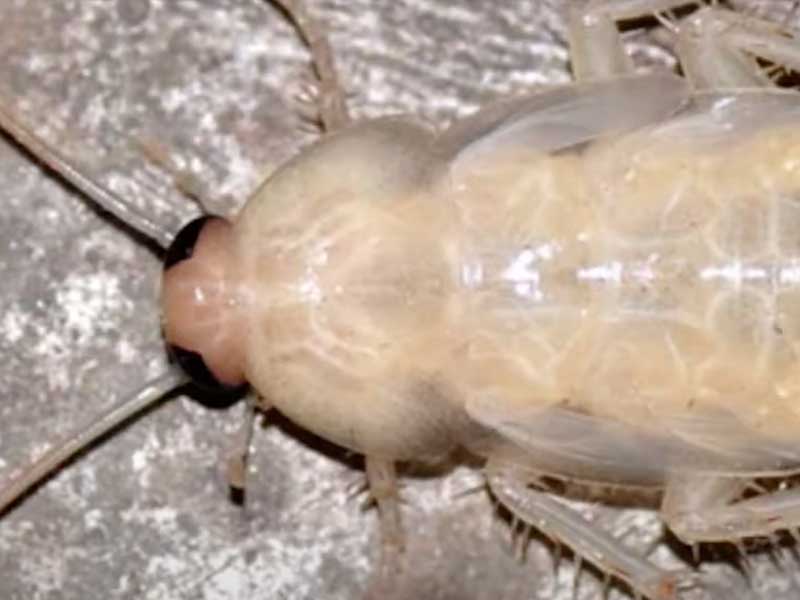
Do White Cockroaches Have No Exoskeleton?
Cockroaches might lose pigment during the molting phase, but their exoskeleton does not disappear. With a microscope and some time to study it closely, you would be able to see the outline of the white roach’s new exoskeleton underneath its current shell.
For all intents and purposes, yes, this phase makes it appear as though the roach has no exoskeleton at all.
A newly molted cockroach is in a fluid-filled state and is very delicate before it dries and hardens up. It’s more likely to be vulnerable in this transitional phase.
If you try touching or moving a white cockroach, it will be soft and stretchy. You can even damage the exoskeleton by handling it too much at this stage.
Are Baby Cockroaches White?
Yes, baby cockroaches are white when they come into the world. Like other babies, their skin is translucent and soft to the touch.
They don’t start to take on pigment until after one or two molts, which can be anywhere from a few days to several months depending on the species of cockroach.
You might see a white cockroach in the larva stage, even when they are still young. As with all immature roaches, their exoskeleton needs time to harden.
A baby cockroach cannot fly or run very well during this phase since it’s so soft and tiny. It also doesn’t have enough strength yet to protect itself while it hardens its new exoskeleton. It’s more susceptible to predators while it’s molting.
This is why, when a baby cockroach emerges from the egg capsule for the first time, you’re more likely to see a white roach than an older brown one.
Are White Cockroaches More Vicious or Dangerous?
There is no specific danger that comes along with the presence of white cockroaches over normal cockroaches.
Many people would say that cockroaches, as a whole, are dangerous to have around. However, there’s no reason to fear these roaches because they’re white.
In most cases, worrying about the presence of a white cockroach is related to an overall roach infestation. When you see one of these roaches, it’s likely that there are more living in your home and more feces on your floor as well.
A white cockroach can grow up to be just as vicious as an ordinary brown one.
When a person comes into contact with a white roach, it may appear more aggressive than usual because it will be in survival mode which means it will scurry and try to hide. The white roach will know how vulnerable it is whilst in the molting stage, so its movements will appear more erratic and maybe aggressive as it tries to find shelter.
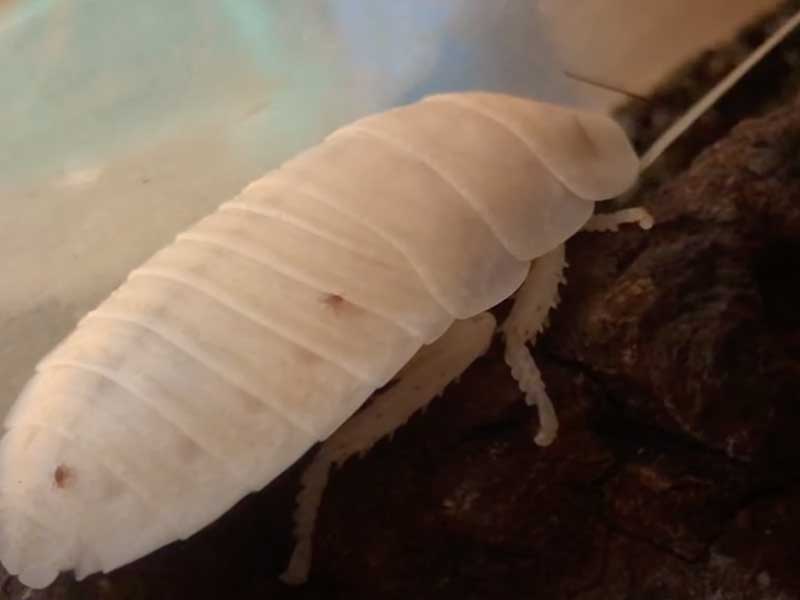
Are White Cockroaches Easier to Kill?
White cockroaches are significantly easier to kill than brown roaches.
Cockroaches have a hard outer shell that protects them from harm, such as insecticides or being crushed.
Insecticides are effective on cockroaches but sometimes a roach can protect itself if the amount of poison is in small quantities. Their exoskeleton can stop most of the poison from seeping into the internal respiratory system.
The hard exoskeleton of white cockroaches isn’t thick enough to resist the poison. Spraying a white roach will have a paralyzing effect that prevents it from regaining control of its body and will eventually starve to death on its back.
If you have the opportunity to squish a white roach, it will be much easier to kill than a normal roach. Newly molted roaches are more likely to die when swatted with a shoe or hard object because they have a soft outer shell. Normal brown roaches can sometimes survive a strike from a hard object as they have the ability to withstand massive weights applied to their body (compared to other living creatures). This is not the same for white roaches and they will squish very easily.
What To Do If You Find a White Cockroach
The presence of a white cockroach indicates an infestation. The best course of action is to first find the roach nest, which may be harder than it sounds because white cockroaches are small and tend to hide in hard-to-find places.
Once you find the nest, put a plan in place to kill the roaches, which may involve one or more home remedies for killing cockroaches. You could also lay traps and baits if the infestation is a significant one.
Once you are confident the roaches are dead and the nest has been destroyed, do an extensive clean-up of the area including removing dead roaches, eggs, and feces that you may find.
We suggest putting some cockroach deterrents in place once you have removed the roaches and their nest. This may include checking for cracks or crevices in your home, sealing up any entry points, and taking measures to ensure your home is not attracting the cockroaches back.

